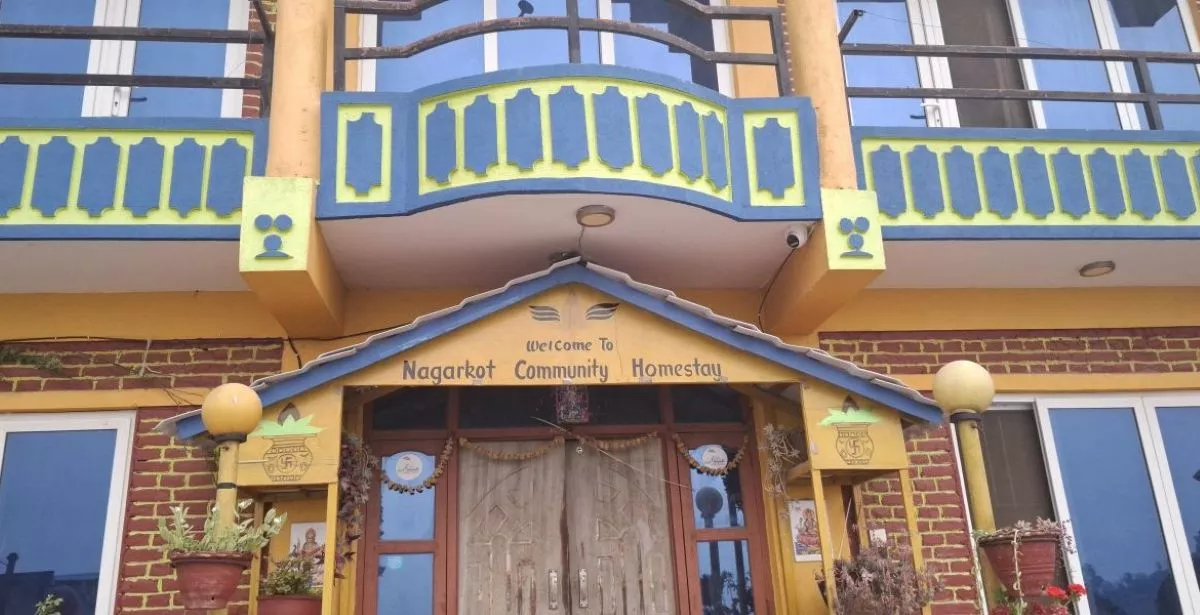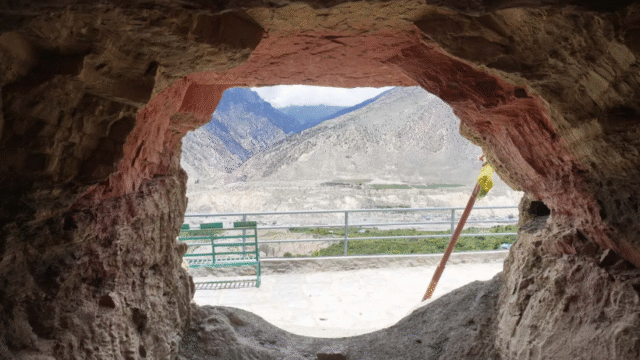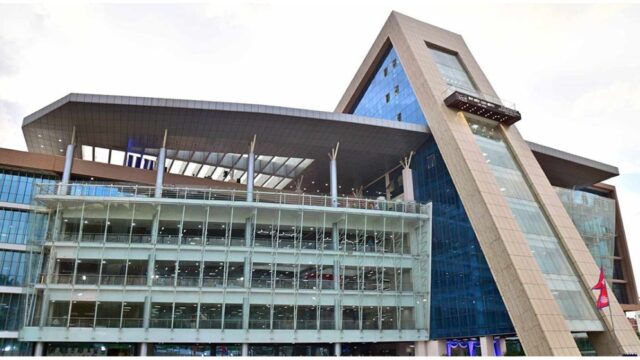Homestays have become more and more popular in rural Nepal in recent years. In addition to promoting local tourism, these homestays are good substitutes in places without chain hotels or lodges. It provide visitors with more than just accommodation; they give them a chance to engage closely with the customs, language, and way of life of the locals in a warm and welcoming setting.
They are a great option for vacationers who want to experience new things and learn about the local way of life. The Homestay Operation Procedure, 2067 (2010) was released by the Nepali government in recognition of this, with the goals of fostering self-employment in rural regions, enhancing livelihoods through higher incomes, and developing rural tourism infrastructure in a sustainable manner.
Homestay
The Homestay Federation of Nepal, which represents homestay operators, has been striving to improve the caliber and possibilities of enterprises. The distinctive feature of tourism is that it allows people to have conversations about travel directly in their courtyards and kitchens. Over 1,500 institutional homestays, both registered and unregistered, are currently operating in 70 districts, involving roughly 15,000 households.
They must be marketed and managed systematically in order to be promoted and incorporated into national tourism. Handle operator difficulties, Organize with organizations that deal with tourism, and Increase knowledge of and ease of access to state resources.
Through initiatives in entrepreneurship, innovation, and skill development, the federal, provincial, and local governments are attempting to empower specific communities. Tourism is one of the four main economic pillars of Nepal, along with water and herbal resources. Rural tourism, is important in Nepal because of its rural landscape, ethnic diversity, and multilingualism.
They are now crucial resources for attracting tourists from even the most remote ethnic communities. The cultural and natural diversity of Nepal its religions, festivals, attire, languages, customs, and heritage is essential to their success. Thus, by involving marginalized groups, homestays support inclusive, equitable state-building and play a significant role in maintaining and advancing these aspects.
Even the poorest or most marginalized groups can participate because they are low risk and require little financial outlay. However, capacity-building and fundamental training are essential for success. Promoting which are available and in what condition is crucial, particularly to attract both domestic and foreign visitors to Nepal’s most isolated villages. A good substitute for centralized tourism.
Launched in 2067 BS (2010 AD), institutional homestay tourism has experienced setbacks because of political instability, the devastating earthquake, the border blockade, and the COVID-19 pandemic, despite growing interest. Growth has also been hampered by remote operators’ lack of digital access.
Even though the state established homestay policies in 2067, it wasn’t until the Taragaon Development Committee’s national workshop in 2070 that the Homestay Association of Nepal was established, marking the beginning of effective support. The Homestay Federation of Nepal, which was established in 2078 (2021) during the Gavor Convention, now advocates for infrastructure development and capacity-building through a national structure that reaches to provinces, districts, and municipalities.
However, because of the lack of respect for labor and the lack of opportunities, people continue to leave their hometowns in search of better lives elsewhere. Nepal’s elders could have stayed with their families and hosted international visitors if the government had addressed the fundamental problems brought up, establishing rural homestay tourism as a model for the world.
Homestay tourism will increase local incomes and promote capacity-building, gender equality, women’s empowerment, awareness, hygiene, local production, cultural preservation, and infrastructure development if it is developed and expanded in areas with tourism potential. For Nepal’s rural homestay tourism to reach its full potential, a visionary, stable, and tourism-friendly government is necessary.






